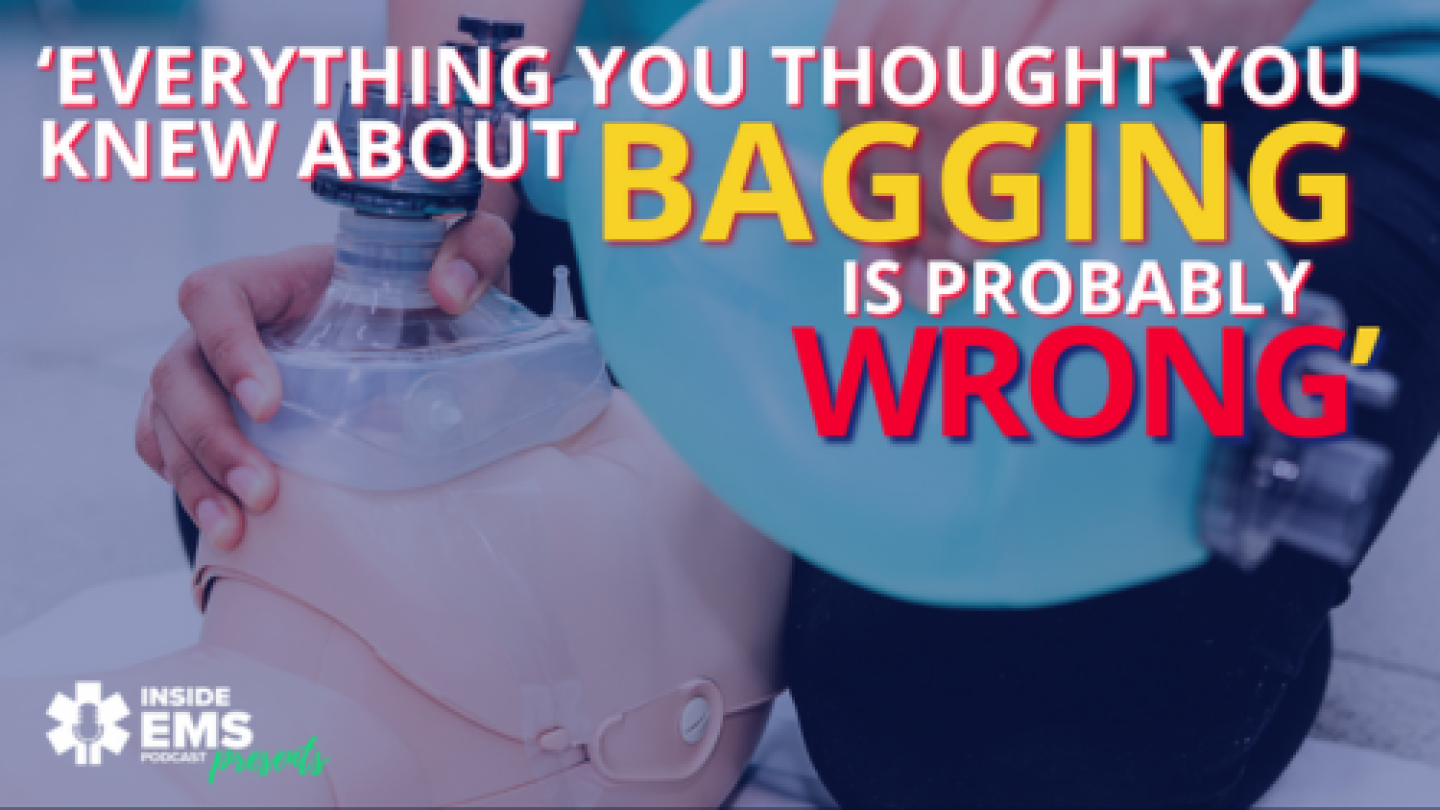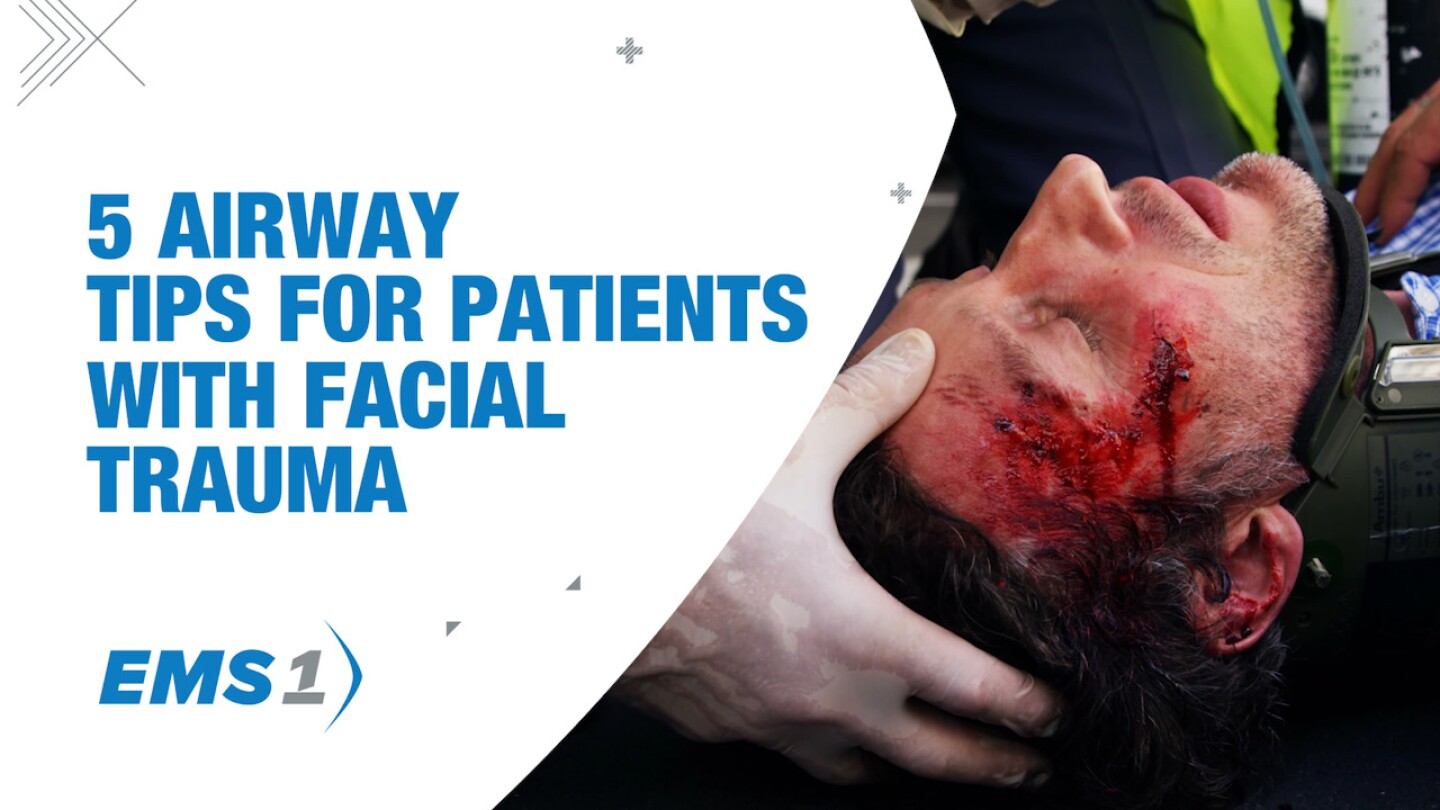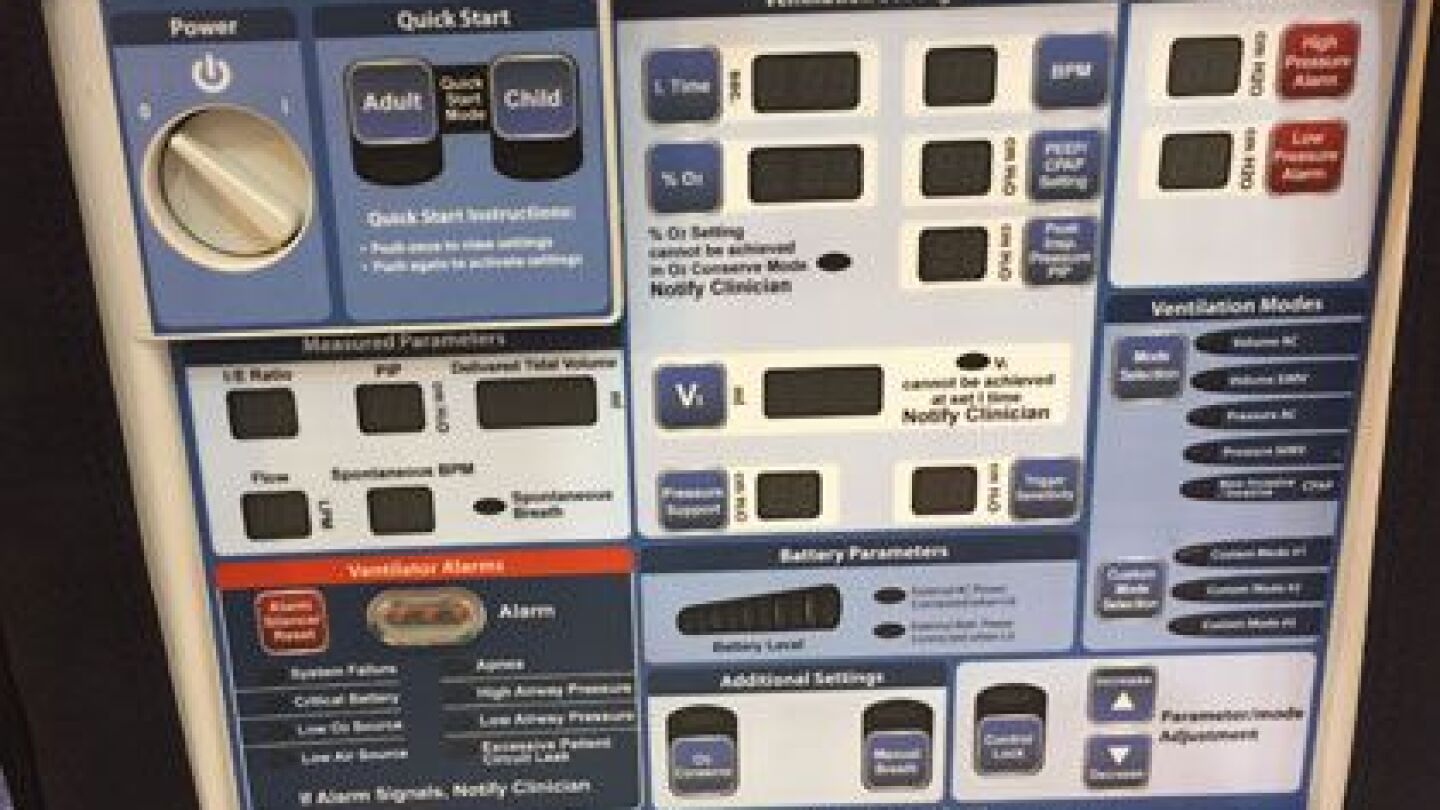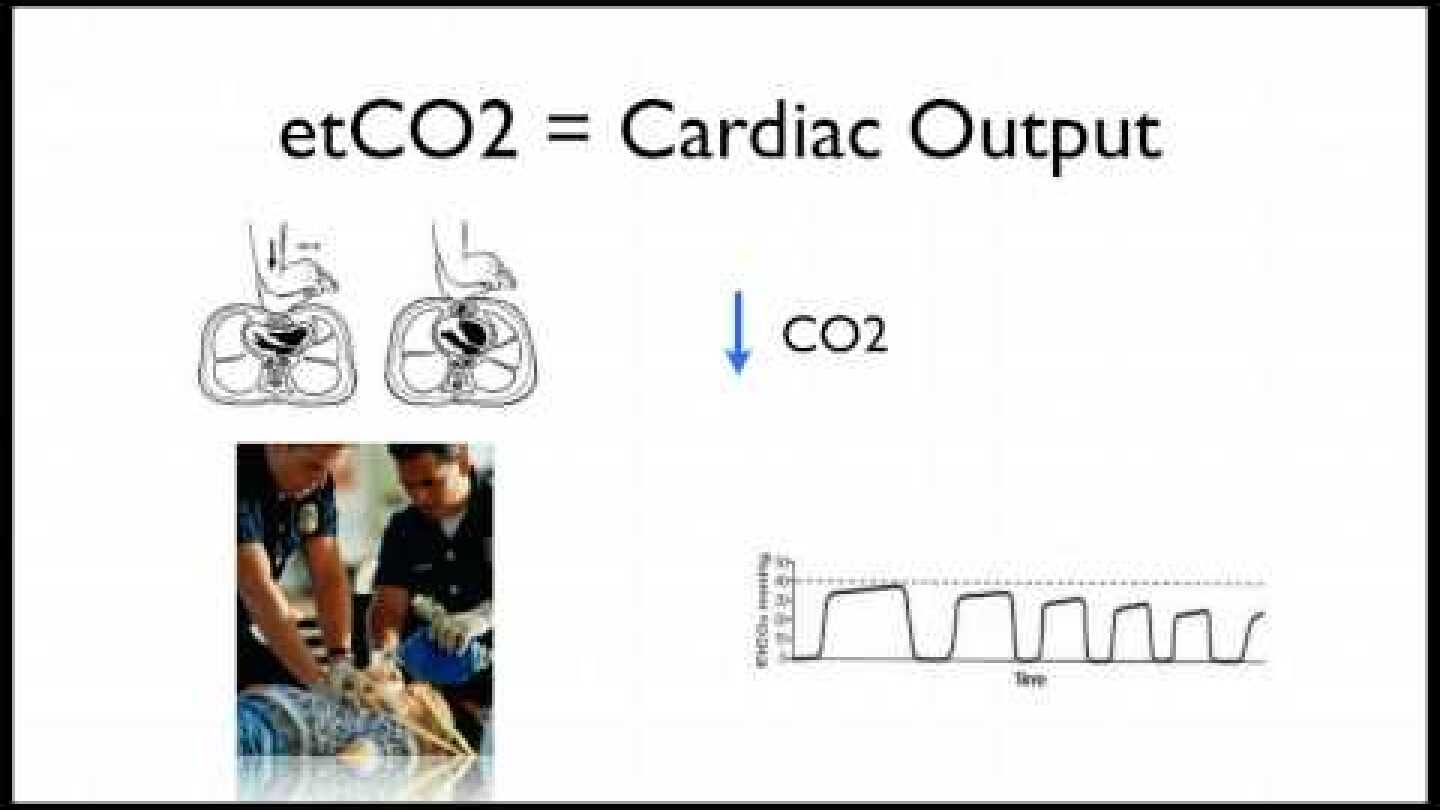Capnography
Discover our directory of articles on Capnography in EMS, designed to equip professionals with the knowledge needed to effectively monitor and interpret end-tidal CO2 levels. This collection covers capnography in various scenarios, including respiratory emergencies, cardiac arrest, and airway management. Understanding capnography is essential for making informed decisions in critical situations. For more insights, explore our resources on Airway Management. Stay informed and improve your patient care with our expert guidance on capnography.
Communicating with law enforcement and following these clinical guidelines will help to keep patient safety first and foremost
Are you over-ventilating your patients? Probably, says Kelly Grayson
You are on scene with a patient who has suffered significant facial trauma; what are some strategies to improve your ability to manage his airway?
Learn the signs and symptoms for this significant behavioral emergency and the importance of rapid patient sedation
Realistic training, dedication to management and monitoring, the ability to troubleshoot and competently use available tools are critical to all EMS providers
Anesthesiologists compare mask ventilation adequacy with endotracheal intubation and laryngeal mask airway for pediatric patients
The family of a teen who died after an esophageal intubation has started the ‘Do It For Drew’ foundation to prevent another tragic death
Make every assessment question count using this strategy to quickly assess respiratory patients who are unable to speak in phrases or sentences
You were asked to respond to a coffee shop for a 22-year-old male with increasing shortness of breath following a coughing fit; did you make the right decision?
Explore research findings about the impact of intubation on OOHCA survival and the patient’s neurological status at discharge
EMS providers need to understand the importance of airway management and monitoring for respiratory compromise along with naloxone administration for opioid overdoses
Automatic transport ventilators may improve ventilation rate, tidal volume and oxygenation for patients needing airway management and ventilator support
Temperature, lactate and ETCO2 monitoring may provide field personnel with objective evidence to make a more accurate field diagnosis of systemic inflammatory response syndrome
Quantitative waveform capnography can help EMS providers recognize bronchospasm, spot ventilation derangements, and gauge the effectiveness of therapy
Asthma, a leading cause of respiratory compromise, can be assessed with capnography and effectively treated with BLS and ALS medications
Quantitative waveform capnography can be a reliable surrogate for lactate monitoring in detecting metabolic distress in sepsis patients
Use this information to engage your field providers about how capnography improves patient care and outcomes
The field training officer is responsible for ensuring new paramedics achieve competency with capnography use and interpretation
Now that your system has purchased, trained, developed processes, and implemented capnography; what process do you have in place to ensure this tool is being used as efficiently and effectively as possible?
Understand how using end-tidal carbon dioxide to confirm placement of advanced airways and guide patient care
In-depth insights into the expert recommendations for medications, airway insertion and confirmation, defibrillation and post-arrest care
Understand how waveform capnography can be used to assess and treat ventilation, perfusion and metabolic emergencies in children
Cardiogenic oscillations (COS) of the capnography waveform match the patient’s heart rate and are caused by pulmonary artery pulsations
Students need to know that capnography is part of the standard of care and is one of the most important diagnostic tools at their disposal
Proper assessment, treatment, and transport of patients with traumatic brain injury saves lives, here’s how
Researchers theorize that an oscillating waveform may be caused by air movement from chest compression and recoil
We asked SA���ʴ�ý readers to share their knowledge and use of capnography during patient care
Capnography has revolutionized prehospital patient care and assessment should be part of every EMS system
What are the causes of the patient’s distress and what treatments are indicated?
MOST POPULAR
- Remain calm: Assessing and treating panic attacks
- How capnography can be used to identify sepsis
- 5 things to know about how capnography improves EMS care in respiratory arrest
- A delicate balance: Understanding acid-base issues in EMS patients
- 5 things EMS providers need to know about opioid overdose and respiratory compromise




















